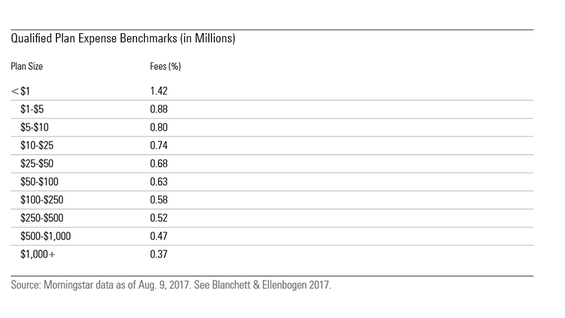I find that Americans often take for granted two aspects of our retirement system: it’s voluntary and employer-based. But, this is mostly an accident. No country today would design their retirement system with such a tight link to employers.
Consider countries that have revamped their retirement systems in the past few decades. Australia, Chile, and Singapore, just to name a few, have much more centralized systems where employers' roles are limited. For instance, employers ensure that money comes out of workers’ paychecks and lands in a retirement account administered by someone else.
U.S. reliance on employer retirement plans
So, how did Americans come to rely on employers to offer retirement benefits, particularly 401(k)s or other defined-contribution plans? The most commonly cited explanation is that during World War II and the Korean War, government-imposed wage controls forced employers to lure workers with nonwage compensation. That pushed employers to greatly expand the retirement system.
This narrative seems correct, but I would add that the early adopters of any social program always make mistakes, and the U.S. is particularly burdened with legacy systems compared to other countries.
As we all learned in high school civics, our bicameral system of government with a strong, independent executive impedes making large policy changes, particularly compared to a parliamentary system. Shrewd observers of countries with “optimal” defined-contribution systems (such as those listed above) might also note that two of the three made changes during dictatorships. And perhaps a suboptimal retirement system is one price to pay for a democracy.
So, what’s the result of having this accidental employer-based retirement system?
Workers at large companies are relatively well-served
The vast majority—more than 90 percent—of large companies offer a 401(k) plan. Here are some common features:
- Most companies automatically enroll their new employees, typically into a diversified offering such as a target-date fund. This reduces the need for a participant to make decisions, and it increases the likelihood that he or she will save for retirement.
- An increasing number of companies also offer an auto-escalation feature that boosts the employee’s contribution rate over time.
- Most large-company plans are institutionally priced, so that employees pay relatively low costs. In fact, Morningstar’s benchmark for fees reveals that very large plans with more than $1 billion in assets charge just 37 basis points for all-in management.
Small-employer retirement plans are rarely offered and typically aren’t great
The situation for workers at small employers is much worse. Here’s what employees could expect:
- Fewer than half of small employers (those with 50 or fewer workers) offer a retirement plan. The Census Bureau estimates that just 18 percent of small employers offer a plan, but the Bureau of Labor statistics estimates that 48 percent offer a plan.
- When small-employer retirement plans exist, the plans are much more expensive than those offered by large employers. Small employers don’t have the economies of scale that large employers enjoy. As a result, their fees average closer to 142 basis points, rather than 37.
Differences between large and small-employer retirement plans add up
The gap in plan fees between large and small plans, shown in the table below, can make a big difference in savings over time, with investors in small plans about 20% worse off in retirement because of differences in investment fees. In our paper, we examine how it’s the difference between retiring with a plan balance of $600,000 and a plan balance of $470,040.

A reliance on employers has its limits
To us, the simple answer for addressing this two-tier system is to relieve some of the burdens that small employers face in creating and running retirement plans. One way is to let them combine assets with other plans to get some benefits from economies of scale.
In next blog post, we’ll discuss what we can learn from the United Kingdom. And we’ll propose some policy changes that could preserve the well-functioning parts of the U.S. retirement system while improving the small-plan market.


